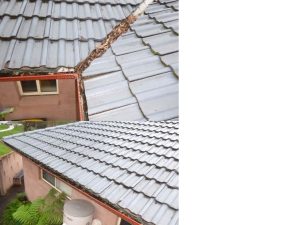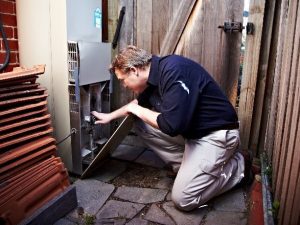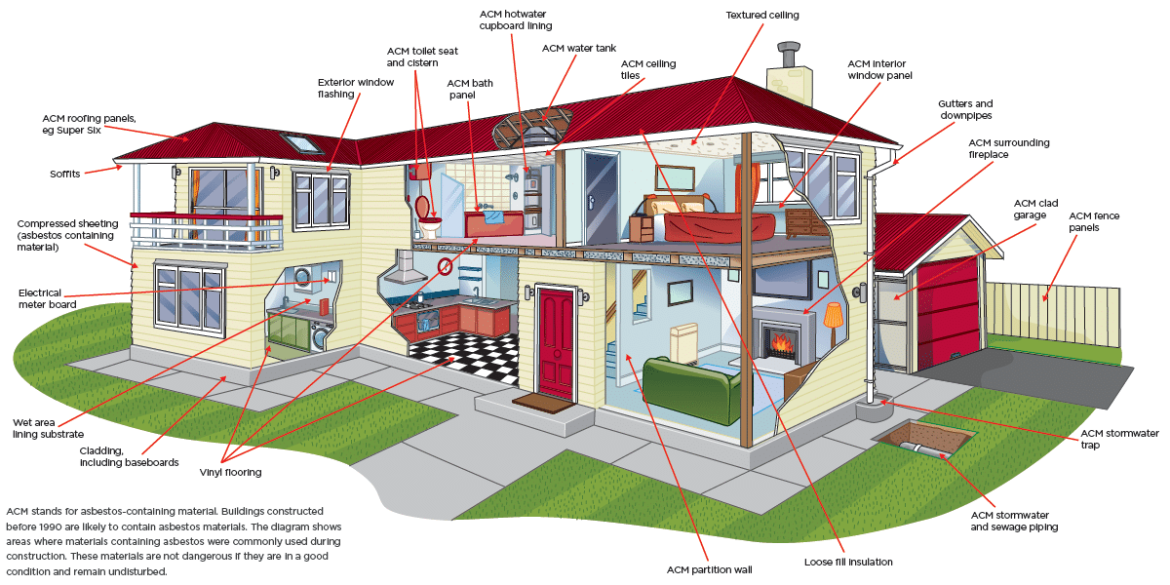
Asbestos is derived from the Greek word for inextinguishable and is a term that strikes fear in many people, so it is important to know the facts of this serious health risk issue.
Your house may be in good condition but like many family homes it may contain asbestos, it’s building materials may contain asbestos products like asbestos cement. If you suspect you may have asbestos in your home resources are available like this article offering information to guide you to asbestos-related services and testing.
What is Asbestos?
Used extensively in home construction in New Zealand from the early 1950s until the 1970s asbestos was a highly effective and inexpensive fire-retardant material and thermal and acoustic insulator.
Asbestos is a naturally occurring fibrous mineral, the fibres of which were woven into fabric or mixed in cement. Materials made with asbestos particularly for electrical and building materials were revolutionary due to their strength, heat resistance, sound absorbency and the fact that they were incombustible.
Asbestos fibres are extremely small, approximately a 10th of the width of a human hair.

How to Identify Asbestos
The short answer for how to spot asbestos is, with difficulty. Asbestos comes in a variety of forms, shapes and colours and it is only through testing that it can be positively identified.
The positive news is that asbestos is totally harmless unless it is disturbed and inhaled and becomes a health hazard. The rule of thumb is if you think something you are dealing with contains asbestos or may contain asbestos leave it alone and seek specialist advice.
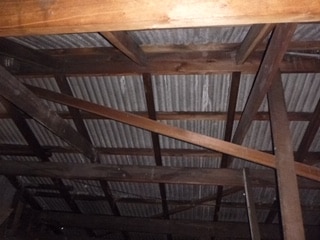
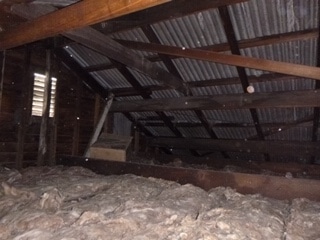
Can Asbestos Affect My Health?
Asbestos once disturbed, release tiny asbestos fibres which break down into minute particles that are easily inhaled into the lungs. This exposure damages lung tissues causing scarring and inflammation and prolonged exposure can cause lung cancer.
As well as increasing the risk of lung cancer, exposure to asbestos also can cause asbestosis, which causes permanent lung damage as well as mesothelioma, a cancer of the chest and stomach lining. Other health problems caused by asbestos fibres are a cancer of the gastrointestinal tract, kidney and throat. Asbestos also contributes to scarring of the lung lining and pleural effusions when fluid collects around the lungs.
Who is Susceptible to Asbestos-Related Health Risks?
People who have worked directly with asbestos have the highest risk of developing asbestos-related diseases. Occupations that have a high risk of asbestos exposure include, construction and building trades, manufacture of chemicals, flooring, plastics or rubber, firefighting, building demolition and house renovation.
Where Can Asbestos Be Found in Your Home?
If you have or are working on an older home you need to be aware that asbestos was used as wall insulator in New Zealand homes built between 1930 and 1950, and as heat insulation around boilers and pipes until the late 1980s.
You may not think that you have asbestos in your home but unfortunately, asbestos can be found in many areas of the home from top to bottom i.e roofing sheets, ceiling tiles, wall cladding,vinyl floor tiles, hot water cupboard lining, cement sheets and pipe insulation among other products.
Asbestos-containing materials are prevalent in a large number of buildings and properties.
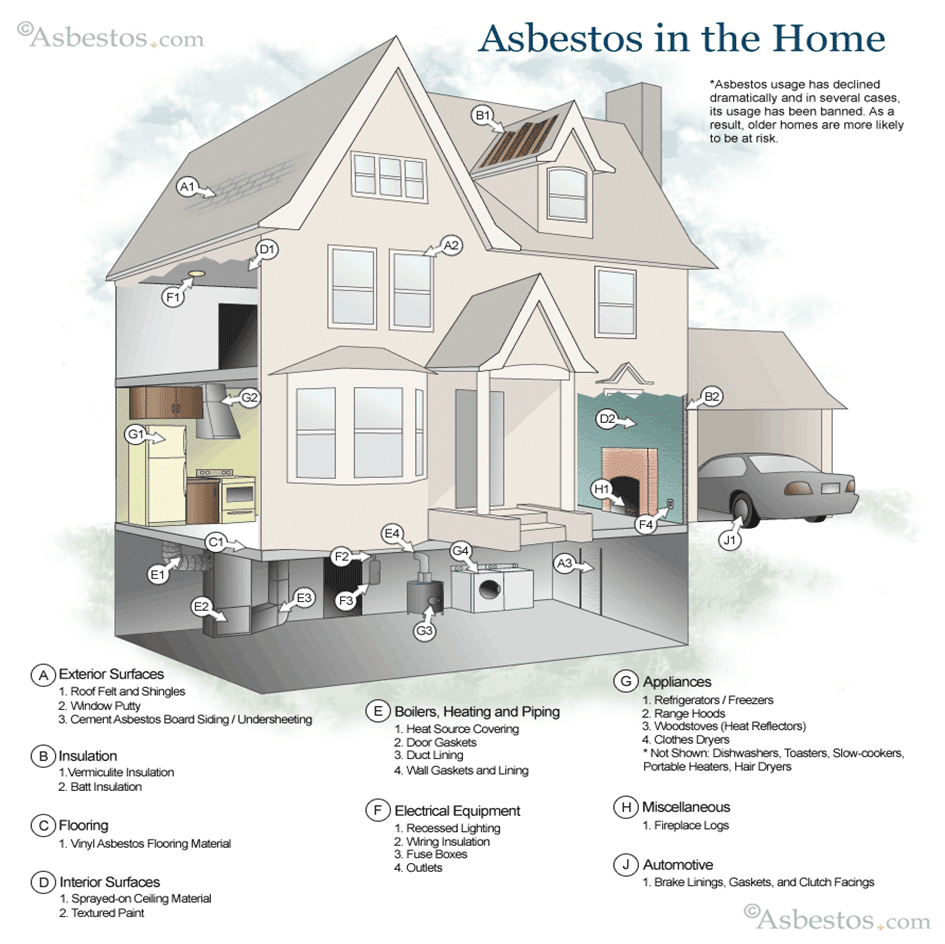
Is Asbestos in Your House Dangerous?
Airborne asbestos in the home becomes a health risk. If asbestos in the home becomes damaged, asbestos fibers may be released. For example, when asbestos insulation around furnaces, boilers and pipes deteriorates, they release dust. Popcorn (blown) ceilings that contain asbestos may release fibres when they are drilled or patched. With ceilings in poor condition, air movement from opening and closing curtains and ceiling fans may spread dust.
Lightweight transite (asbestos cement) pipes made from asbestos containing cement material were used for water reticulation to homes and in some flu pipes. Transite deteriorates over time and asbestos fibers can contaminate the drinking water flowing through the pipe, which you do not want to drink.
Asbestos in Summary
Asbestos materials, asbestos products, and asbestos containing materials are all harmless and safe unless they are disturbed or start to deteriorate and then the presence of asbestos fibers becomes a major health issue.
Asbestos products and material that contains asbestos are a risk factor in older properties particularly when work is being undertaken.
If you are about to undertake renovations in an older home or suspect you may have an issue as described above please seek professional advice.

